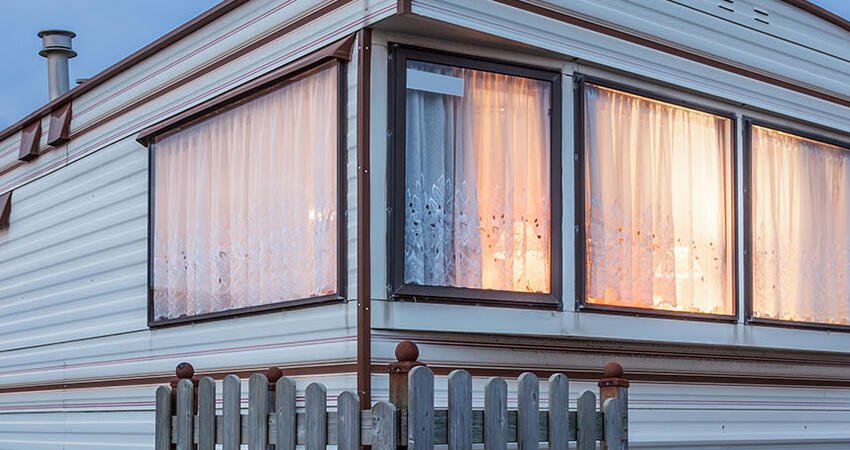
Affordable Yet Underserved: Trade-Offs in Mobile Home Parks
- Title:
- Affordable Yet Underserved: Trade-Offs in Mobile Home Parks
- Author:
-
Gregory Pierce, C.J. Gabbe, Silvia Gonzalez
- Source:
-
Land Use Policy
- Publication Date:
-
2018
Amid America’s housing crisis, mobile home parks are filling the need for low-cost housing in markets that are anything but affordable. Nationwide, more than 6 percent of Americans live in mobile homes, and more than a million Californians live in mobile home parks, 11 percent of whom live in Los Angeles (LA). Despite the prevalence of mobile homes, no research has assessed where mobile home parks are located within metropolitan areas, the reasons behind neighborhood concentration of mobile home parks, or what environmental conditions and basic services are like in those neighborhoods. A recent study, which focuses on Los Angeles County, aims to fill that gap.
The study analyzes the 601 mobile home parks in Los Angeles County by drawing on data from the LA County Fire Department, the Southern California Association of Governments’ 2009 regionalized zoning data, the California Environmental Protection Agency’s (EPA’s) CalEnviroScreen 2.0 dataset, and the US EPA Smart Location Database. The study explores the socioeconomic status, zoning, local land uses, accessibility to jobs, and environmental qualities of mobile home park neighborhoods and aims to identify neighborhood factors more strongly correlated with mobile home park locations and concentrations. The findings suggest that public service access and environmental quality is worse for mobile home parks than for the average LA neighborhood, and the authors recommend targeted strategies that policymakers can use to address these disparities. They posit that it is especially important to do so because manufactured housing makes up a significant supply of unsubsidized low-cost housing.
Key findings
- Mobile home parks tend to be in low-density neighborhoods at the urban fringe and tend to have inadequate access to public services.
- People living in mobile home parks have poor access to transit. Nearly 35 percent of mobile home parks (210 of 601) have no bus stops within three-quarters of a mile, resulting in limits to access to the region’s jobs compared with a resident in the county’s median block group.
- Mobile home parks in LA experience worse drinking water service, reliability, quality, and affordability because they are more likely to be served by private companies and systems that rely exclusively on groundwater, which is subject to shortages.
- 250 of the 601 mobile home parks in LA are in areas zoned for commercial or industrial purposes, not residential uses. They are exposed to more environmental hazards. Neighborhoods with low environmental quality and a high pollution burden are likely to house high numbers of mobile home parks.
Photo by Phillip Lange/Shutterstock


